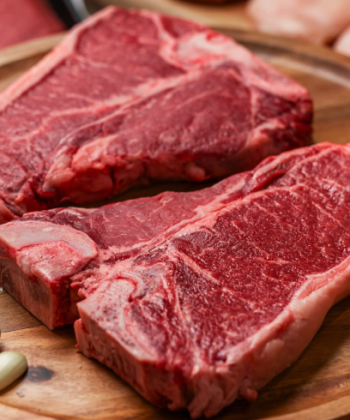[ad_1]
From Inventory to Menu Planning: Streamlining Operations with Effective Restaurant Management
The Importance of Effective Restaurant Management
Owning and managing a restaurant can be a challenging endeavor, as there are numerous factors that need to be considered in order to run a successful operation. One key aspect of restaurant management is streamlining operations, which helps increase efficiency and ultimately leads to higher profits. From inventory control to menu planning, effective management techniques play a critical role in ensuring smooth operations and maximizing customer satisfaction.
Inventory Control: The Foundation of a Well-Managed Restaurant
A well-organized and adequately stocked inventory is the backbone of any successful restaurant. However, managing inventory can be time-consuming and complex if not done systematically. Implementing an inventory management system can help streamline the process, enabling managers to keep track of stock levels, identify popular items, and anticipate demand. By having a clear understanding of their inventory, restaurant owners and managers can reduce wastage, avoid stockouts, and ultimately optimize their purchasing and stocking decisions.
Menu Planning: A Delicate Balance between Creativity and Profitability
The menu is the heart and soul of any restaurant. It reflects the culinary vision of the establishment while also catering to the preferences and demands of the target clientele. Effective menu planning involves striking a delicate balance between creativity and profitability. This means offering dishes that excite and engage customers while also considering the cost of ingredients, preparation time, and profit margins. By analyzing sales data and customer feedback, restaurant managers can optimize their menu offerings, ensuring that they are not only delicious but also economically sustainable.
Streamlining Operations: The Link between Inventory and Menu Planning
Efficient restaurant management recognizes the crucial connection between inventory control and menu planning. By utilizing data from their inventory management system, restaurant owners and managers can identify the best-selling dishes and ingredients. This information can then inform menu planning decisions, allowing for a more focused and profitable menu. Additionally, understanding the inventory levels and availability of ingredients helps prevent stockouts and minimizes the need for last-minute substitutions, thus maintaining consistent quality and customer satisfaction.
The Role of Technology in Streamlining Restaurant Operations
In today’s digital age, technology plays a significant role in streamlining restaurant operations. From automated inventory management systems to online reservation platforms and POS (Point of Sale) systems, restaurants have access to a wide array of tools that can enhance efficiency. Adopting these technologies not only saves time and reduces manual errors but also provides real-time data and analytics to make informed business decisions. Embracing technology is essential for staying competitive in the fast-paced restaurant industry.
In Conclusion
Effective restaurant management involves various aspects, including inventory control and menu planning. By streamlining operations through efficient inventory management systems and embracing technology, restaurant owners and managers can optimize their processes, increase profitability, and deliver exceptional dining experiences to their customers.
Streamlining operations ultimately comes down to finding the right balance between creativity, profitability, and customer satisfaction. With a strong foundation in inventory management and menu planning, success is within reach for any restaurant.
[ad_2]


